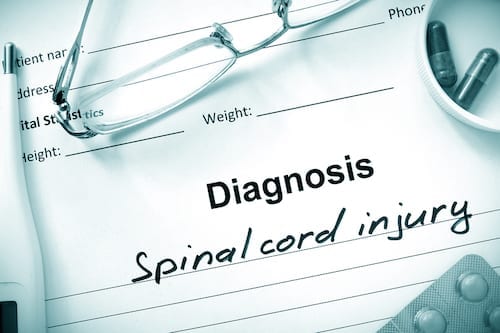Accident victims who have been severely injured have a better chance of recovering thanks to technological advancements. They are assisting doctors in more quickly diagnosing serious injuries and setting the stage for better medical treatment. Patients have a better chance of survival and regaining some function, even though they still have a long road ahead of them.
Table of Contents
Traumatic Brain Injury Diagnosis and Treatment
Brain injuries (TBIs) are among the most severe injuries sustained by accident victims. These can be long-term and prevent victims from leading normal lives. Brain injuries must be diagnosed and treated as soon as possible because they can have long-term consequences if left untreated.

Doctors now have technology that enables them to quickly assess the severity of brain injuries. While CT scans can provide a quick picture, the level of detail is limited. There are new brain imaging technologies that provide a three-dimensional view rather than the two-dimensional view provided by CT scans. Doctors will be able to start treatment sooner now.
Tbi Treatment Has Also Improved Thanks to Technological Advancements
Technological tools keep track of a patient’s movements and offer advice and direction. While TBIs cannot be cured, reparative technology can help patients learn to live with them better.
This new technology is exemplified by Activity Assistant. It’s a promising new device that aids accident victims in relearning important skills. It’s a type of biofeedback that works when patients are doing things like using and manipulating objects. As patients gradually increase their activities, the Activity Assistant monitors their movements and provides interactive assistance to complete the task. Occupational and physical therapy are aided by this technology.
Injuries to the Spinal Cord Are Treated in a Variety of Ways
Another common severe accident injury is spinal cord damage. The most recent technological advancement in this field is spinal cord epidural stimulation. The nerves in the lower spinal cord are stimulated with electrical currents in this procedure.

An electrode is implanted into the epidural space, and it sends electrical currents to the muscles, causing them to contract. This works by bypassing the damaged brain-to-spinal cord pathway and acting directly on the muscles. This procedure has resulted in some patients regaining movement and control over their muscles.
Artificial Intelligence
The first few minutes spent in the emergency room are crucial. To save the life of a severely injured patient, ER doctors must make split-second decisions. These are difficult decisions to make, especially when a complicated surgery is involved. Doctors may not even be sure whether the surgery will help or is worth the risk.
For emergency room and intensive care doctors, artificial intelligence holds promise. Measurement of intracranial pressure, for example, can yield hundreds of thousands of data points. It can predict the accident victim’s outcome and whether certain procedures will help.

Critical care computers are becoming more advanced and predictive. Some ICUs are already using machine learning models to predict things like acute kidney damage and recommend treatments. Expanding the use of this technology could aid doctors in stabilizing patients more quickly after a serious accident.
While technology may not be able to cure serious accident injuries, it is already helping to improve treatment. This provides victims with a head start on the long road to recovery following a catastrophic accident.
